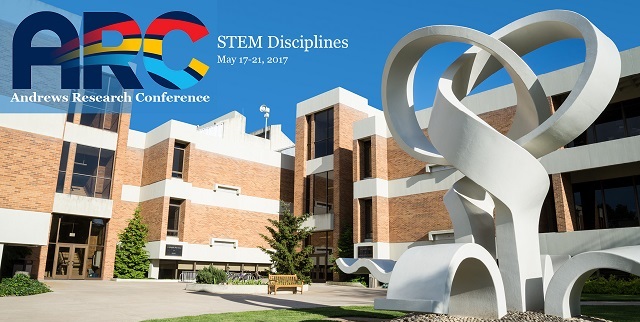3D Printing of Heart with Congenital Defect for Pre-surgical Planning
Presenter Status
Student, Physics Department
Presentation Type
Oral presentation
Session
C
Location
Chan Shun 108
Start Date
19-5-2017 9:00 AM
End Date
19-5-2017 9:20 AM
Presentation Abstract
As 3D printing becomes more accurate and more accessible, the field of medicine has greatly benefited in ways that were once unimaginable. Digital computed tomography (CT) scans can now be transformed into accurate, tangible 3D models which surgeons can then use in pre-surgical planning. In this project we 3D printed a heart with a congenital defect from an anonymized patient from Loma Linda University Medical Center. The patient had an interrupted aortic arch as a baby and underwent a Damus procedure where the pulmonary artery and aorta were joined and the blood is allowed to exit the combined right and left ventricular chambers through the pulmonary valve and up the aorta (as one outlet). By 3D printing the heart, the surgeons will have an accurate life-size replica of the patient’s heart for use when planning for another reconstructive heart surgery on the patient in the future.
Biographical Sketch
Jovicarole Raya is a fourth year at La Sierra University in Southern California. Throughout her undergraduate career, she has been involved with various research projects in both the Neuroscience and Physics Department. She is majoring in Biophysics and hopes to pursue a career in the medical field after graduation this June.
3D Printing of Heart with Congenital Defect for Pre-surgical Planning
Chan Shun 108
As 3D printing becomes more accurate and more accessible, the field of medicine has greatly benefited in ways that were once unimaginable. Digital computed tomography (CT) scans can now be transformed into accurate, tangible 3D models which surgeons can then use in pre-surgical planning. In this project we 3D printed a heart with a congenital defect from an anonymized patient from Loma Linda University Medical Center. The patient had an interrupted aortic arch as a baby and underwent a Damus procedure where the pulmonary artery and aorta were joined and the blood is allowed to exit the combined right and left ventricular chambers through the pulmonary valve and up the aorta (as one outlet). By 3D printing the heart, the surgeons will have an accurate life-size replica of the patient’s heart for use when planning for another reconstructive heart surgery on the patient in the future.



